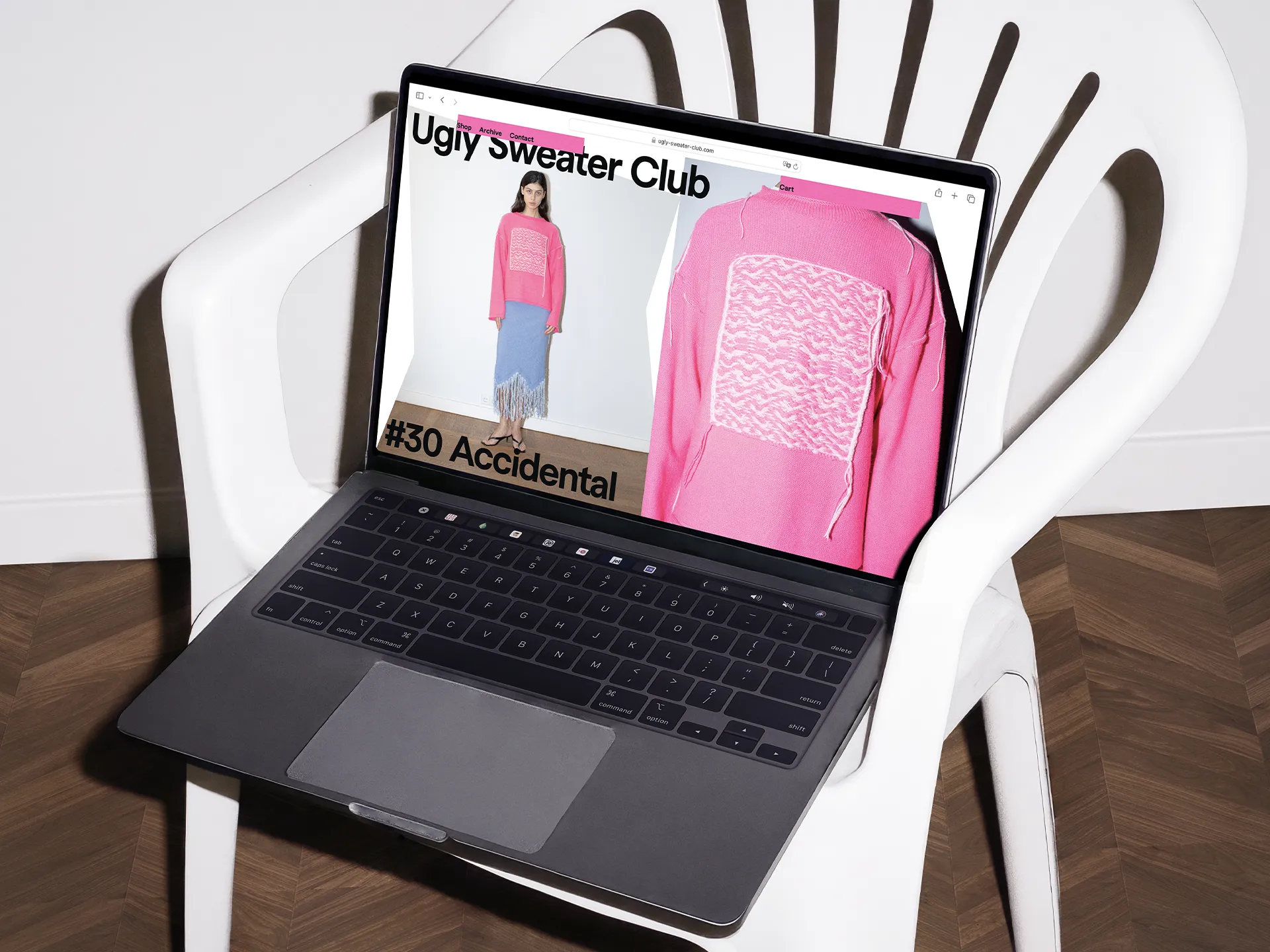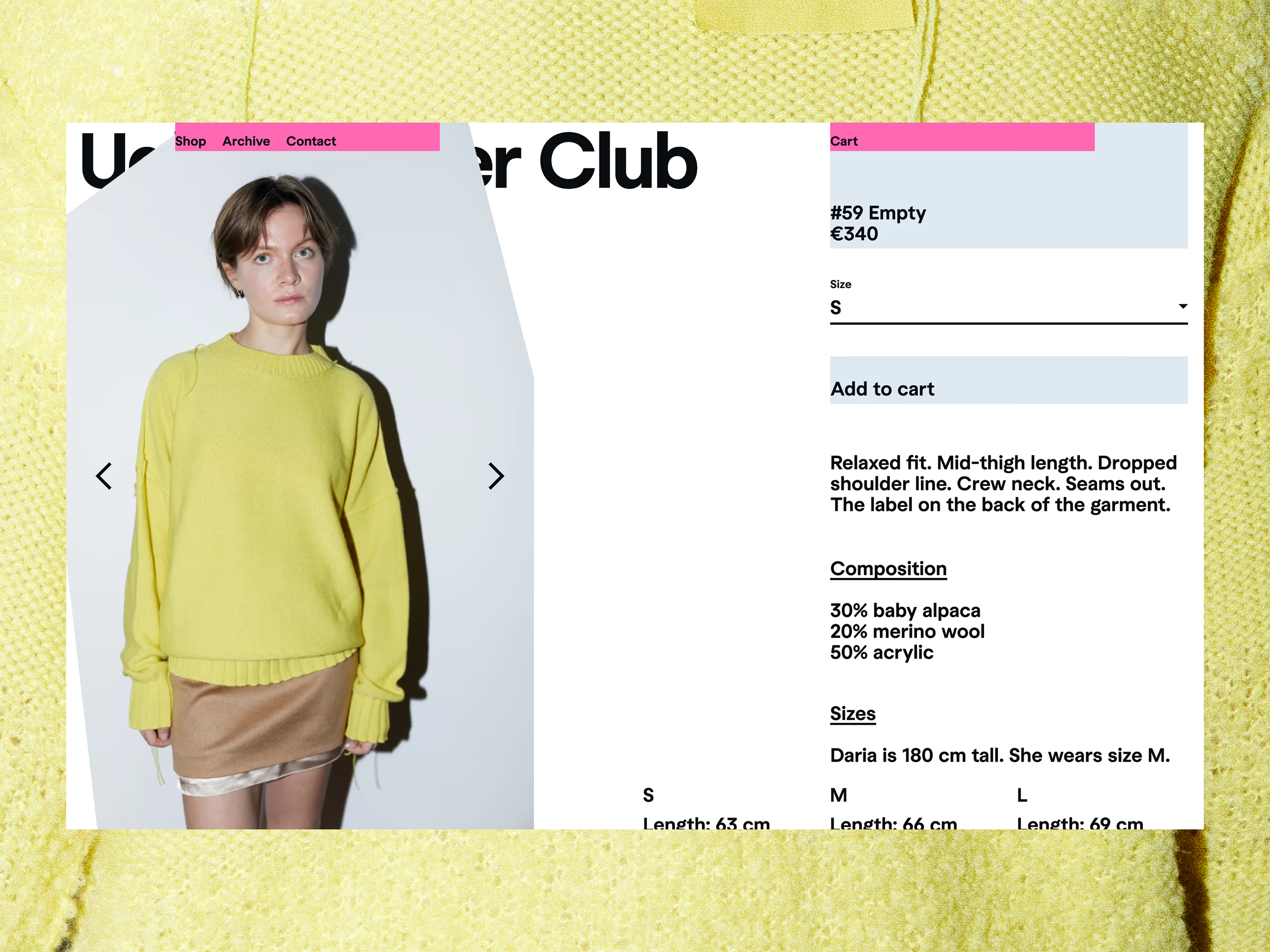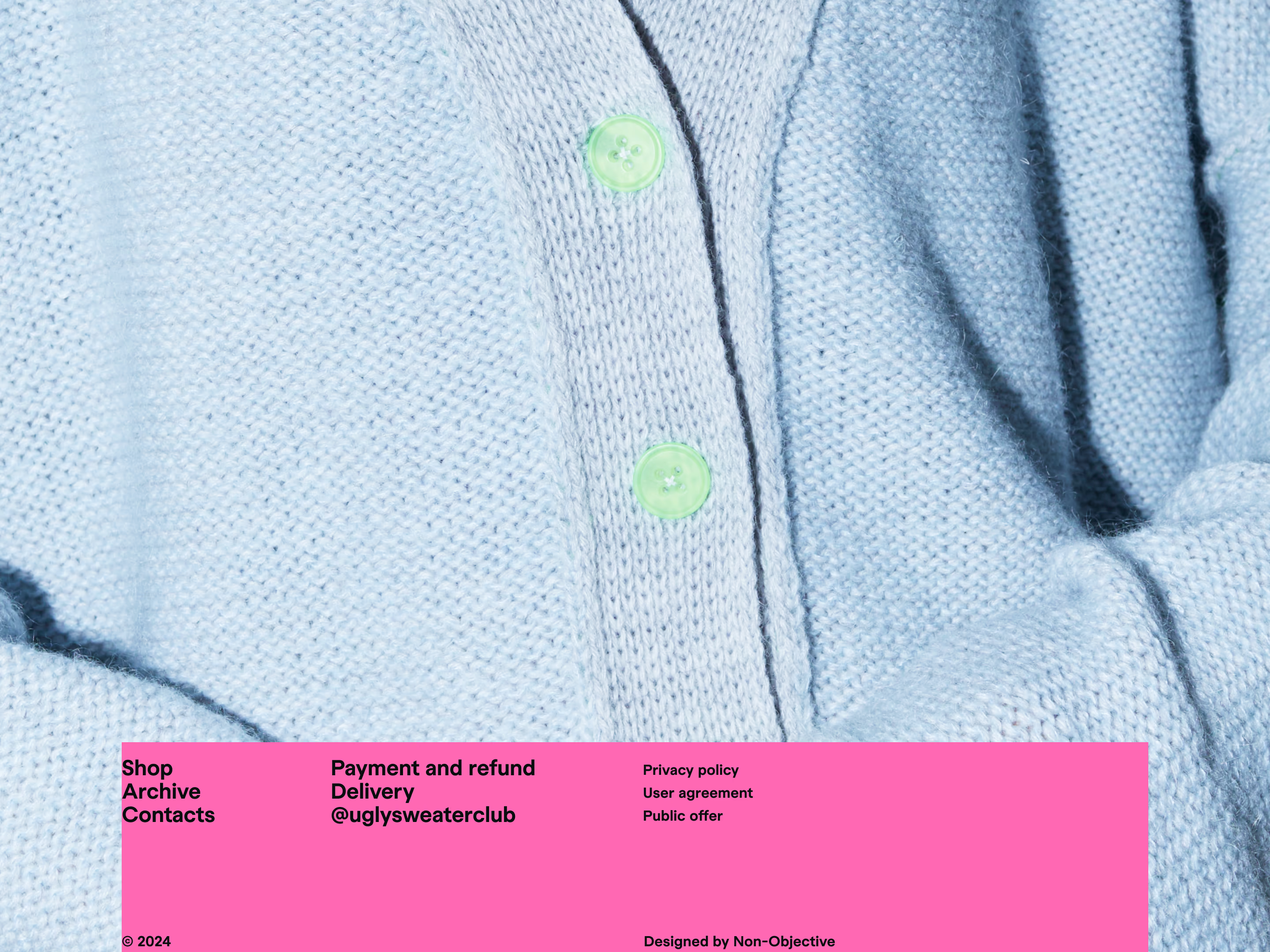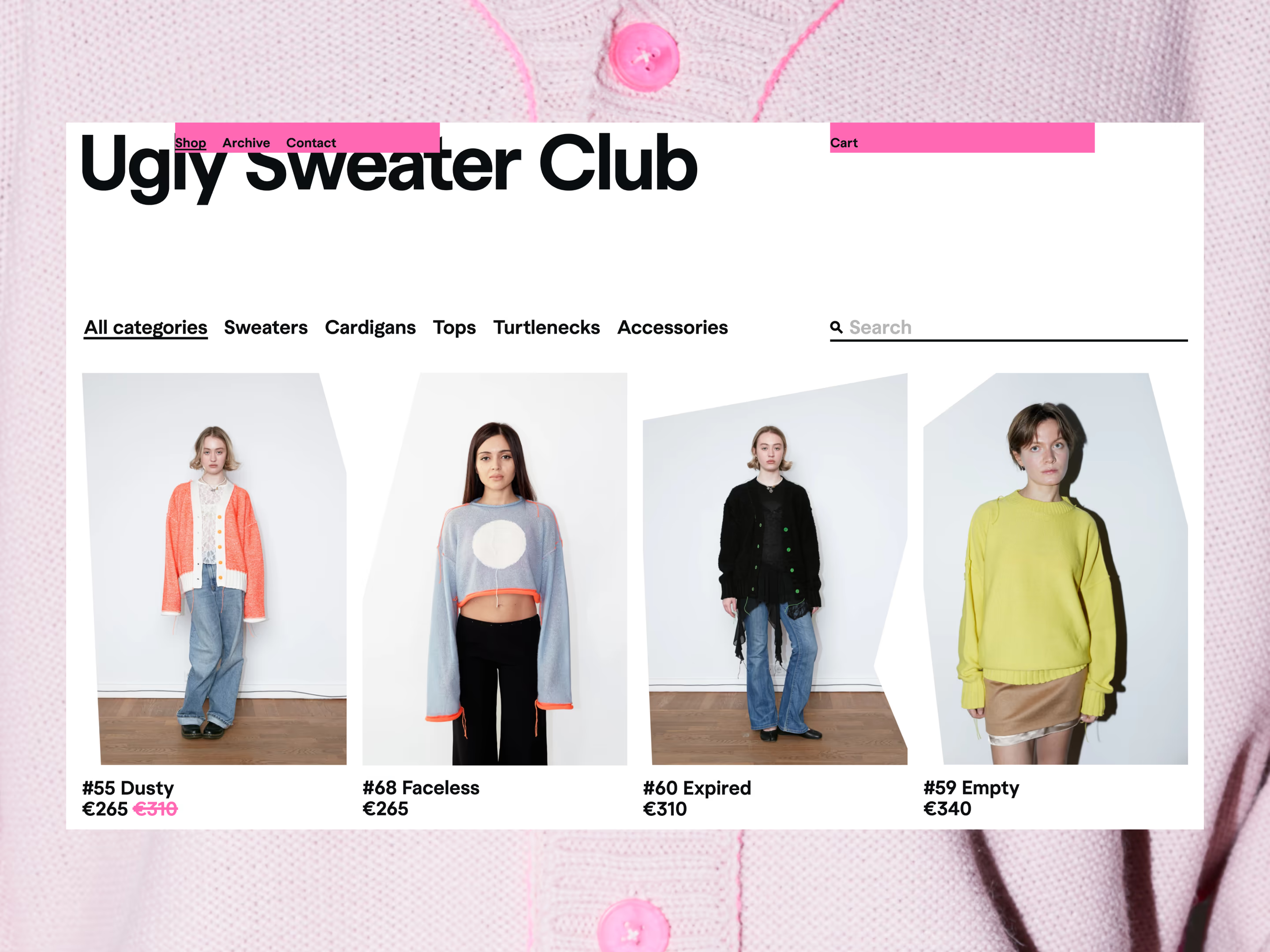Devexperts.
Digital transformation for a B2B2C fintech giant


Following the rebranding made by Verve, it was the website's turn to be updated. Not only visuals should have been redone, but the whole userflow: the website failed to achieve the main business goal — shifting from relationship-based sales to more scalable acquisition. Here are the key factors that contributed to the problem:
did not reflect the positioning. and unclear userflows led to low conversion rates. caused lack of consistency and unoptimized workflow.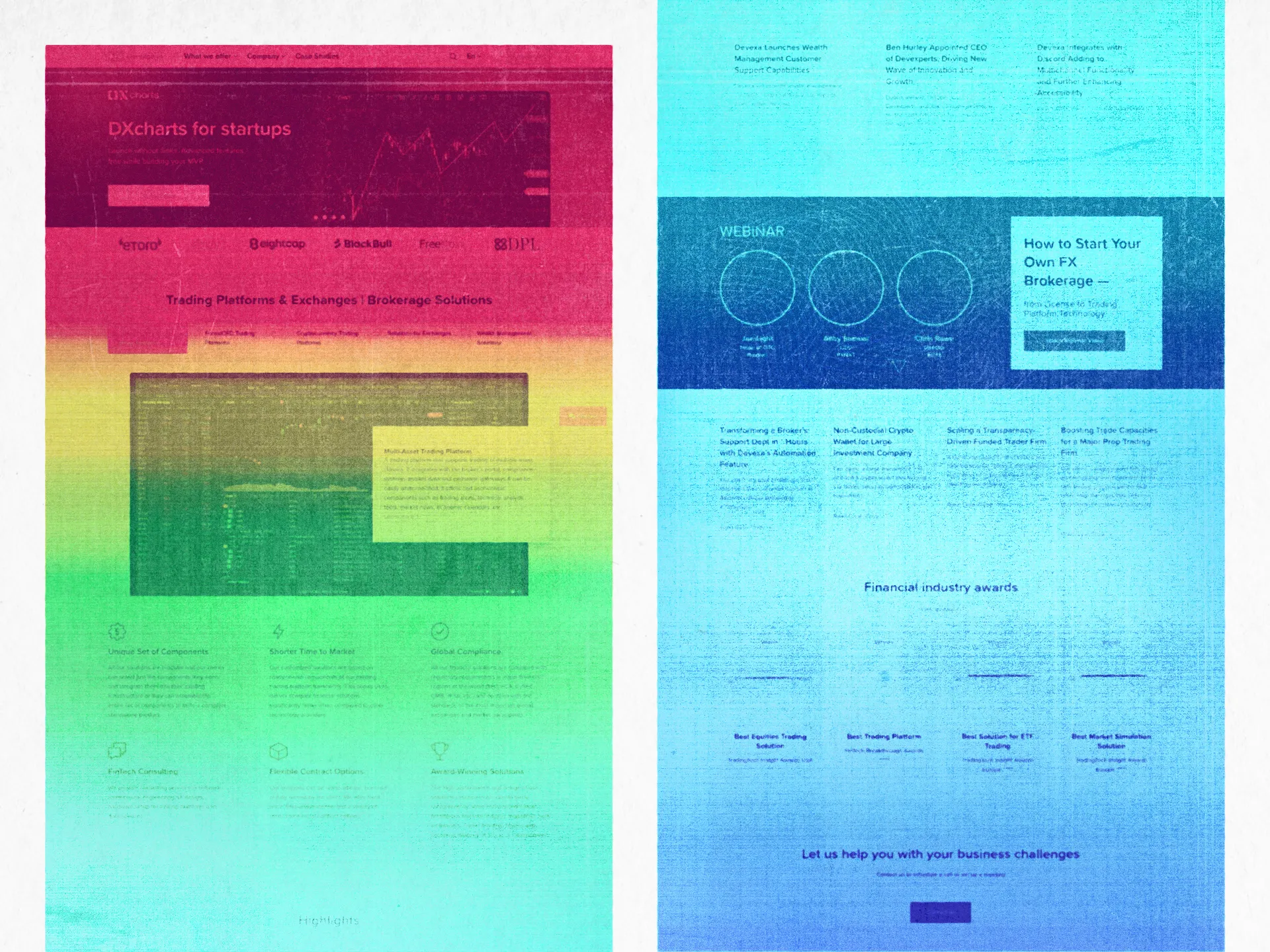
Through discussions with stakeholders across the company, I mapped out the current pain points and expectations from different sides — marketing needed clear conversion funnels, sales wanted trust-building signals, and designers wanted a scalable design foundation.
Then, I conducted a competitive analysis to understand how similar fintech companies communicated product complexity and credibility, and what solutions work.
It was hard for users to choose between similar products based on unclear brand names rather than proposed value and comparison.Relying on general wording rather than quantified success evidence, the website did not reflect the company's expertise.Absence of a design system caused product and marketing teams to treat their pages separately, which made it harder to create a streamlined funnel.I introduced a modular UI and rewrote product sections to highlight benefits and use cases, not just brand names. The system emphasized consistent layout structure with card-based patterns, and a utilized iterating light and dark themes to highlight core messages.
We added interactive product displays, improved case study presentation, and used proof points like product metrics, awards, and partner logos to reinforce trust.
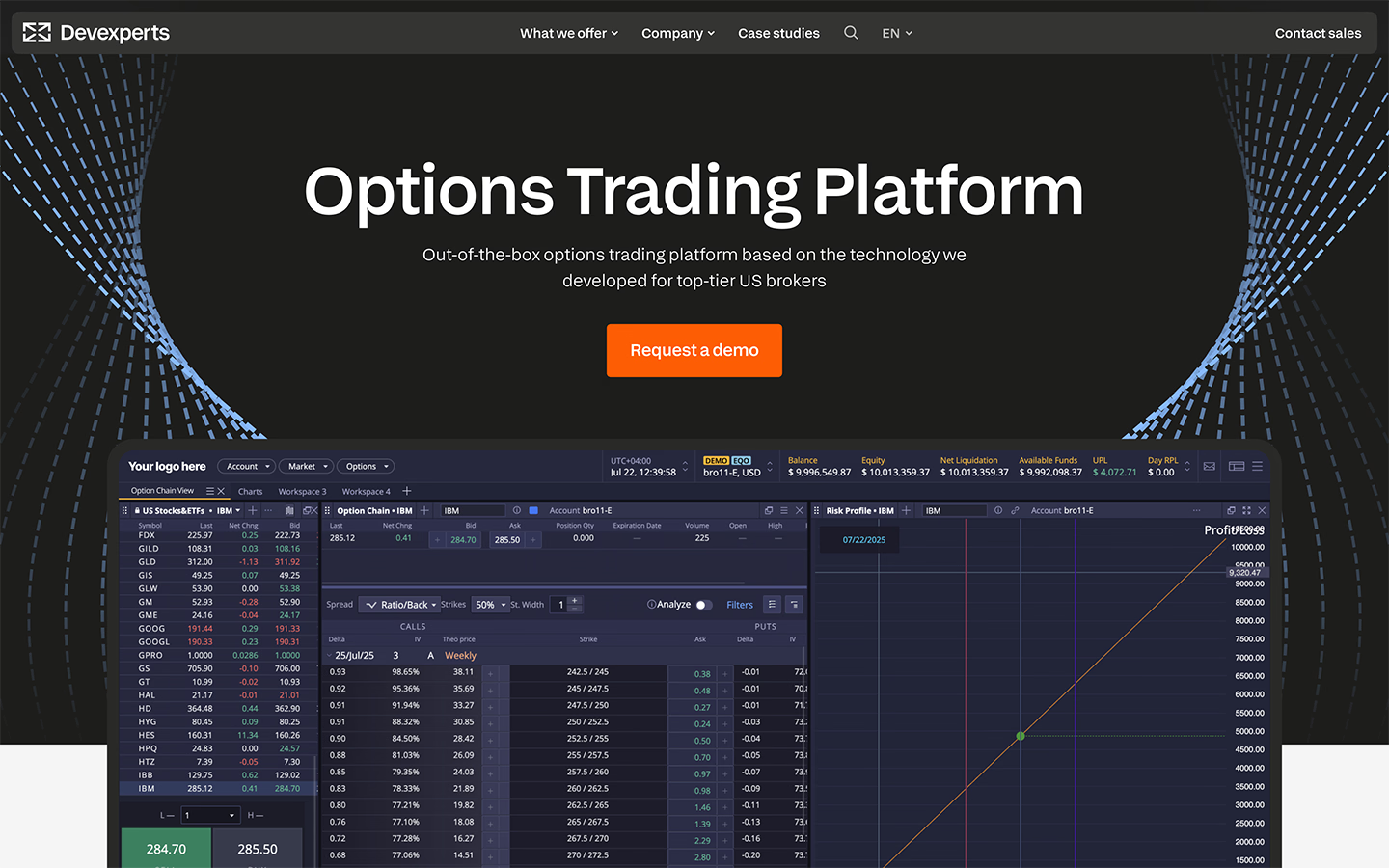
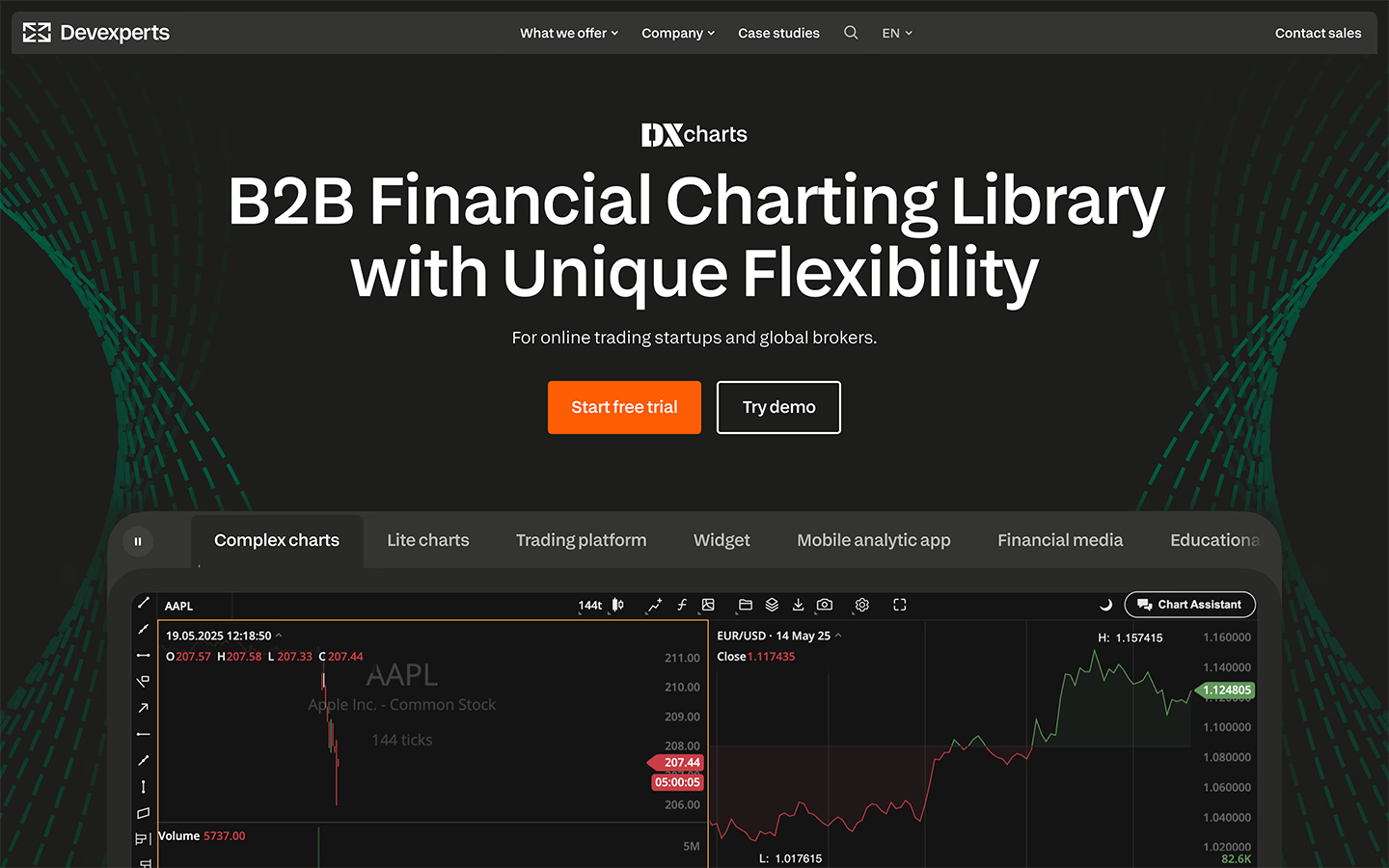
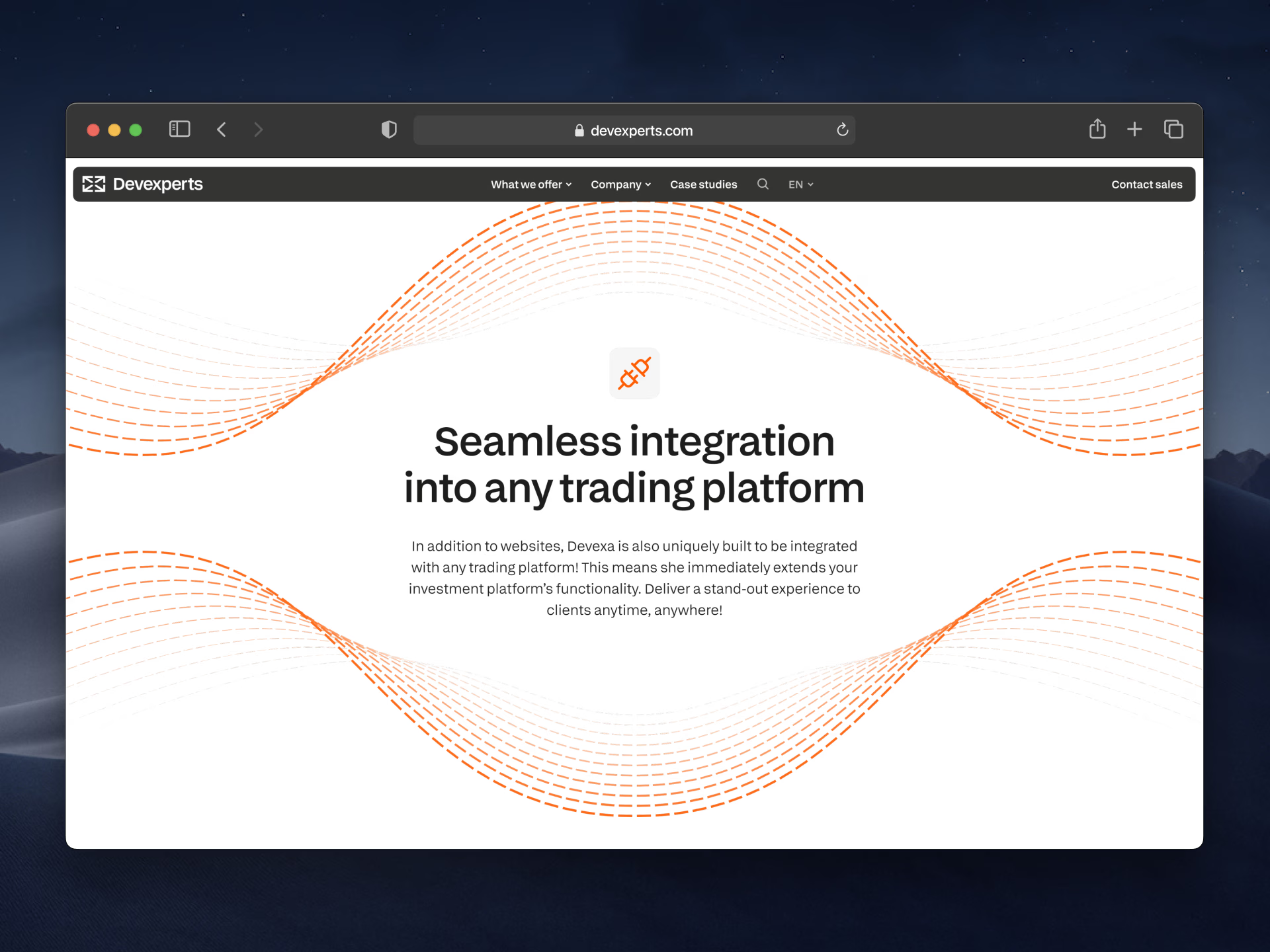

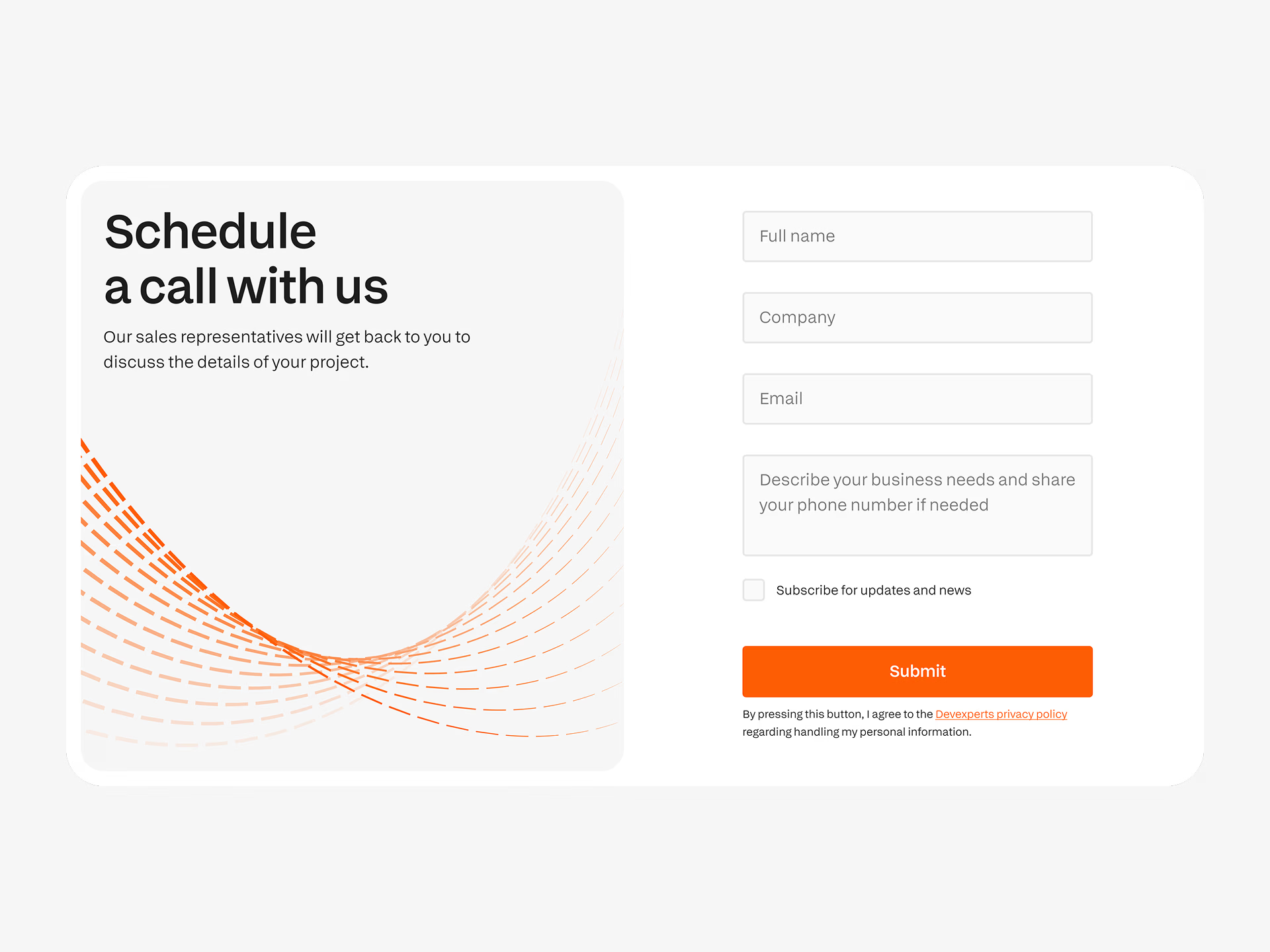
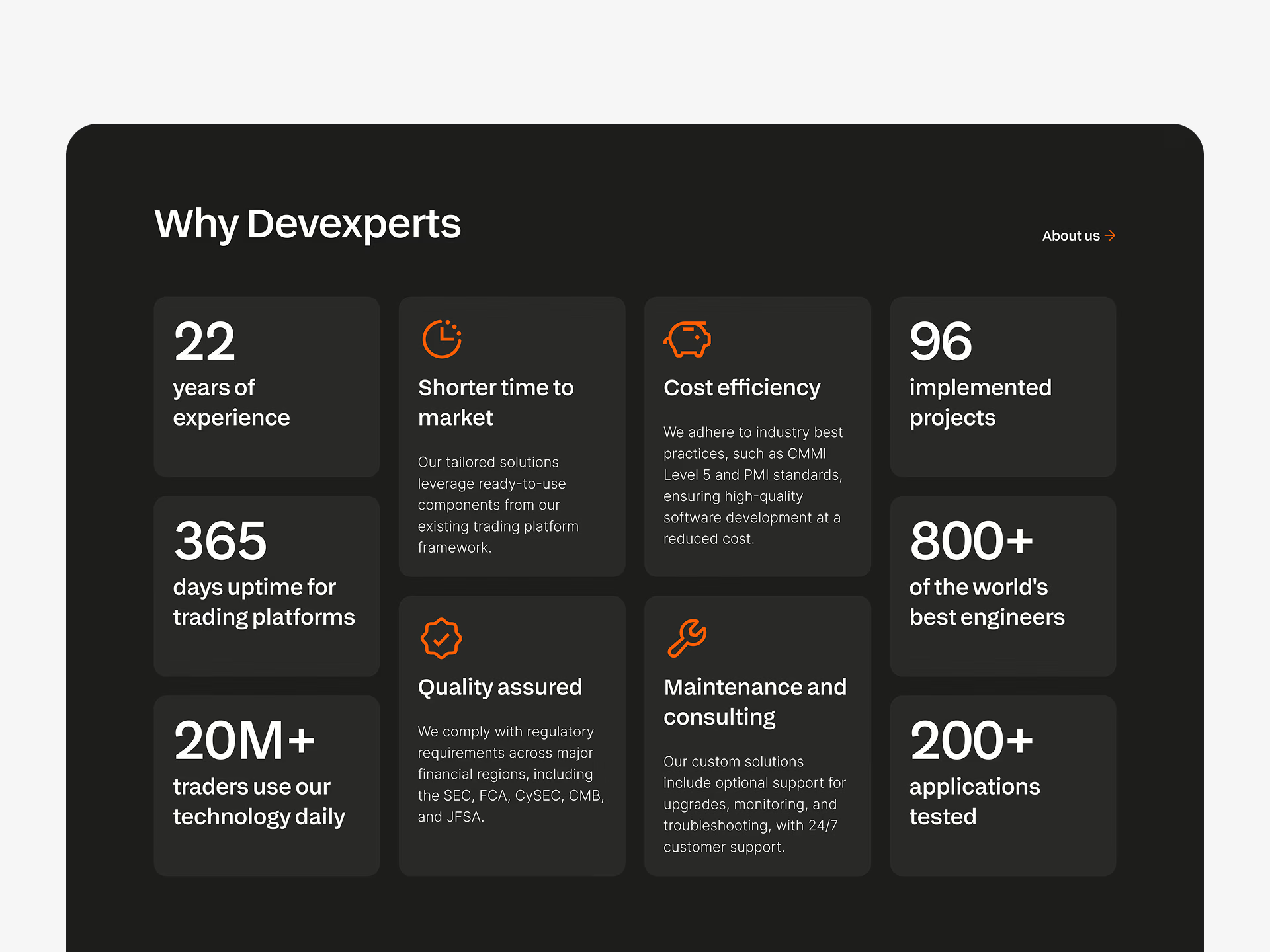
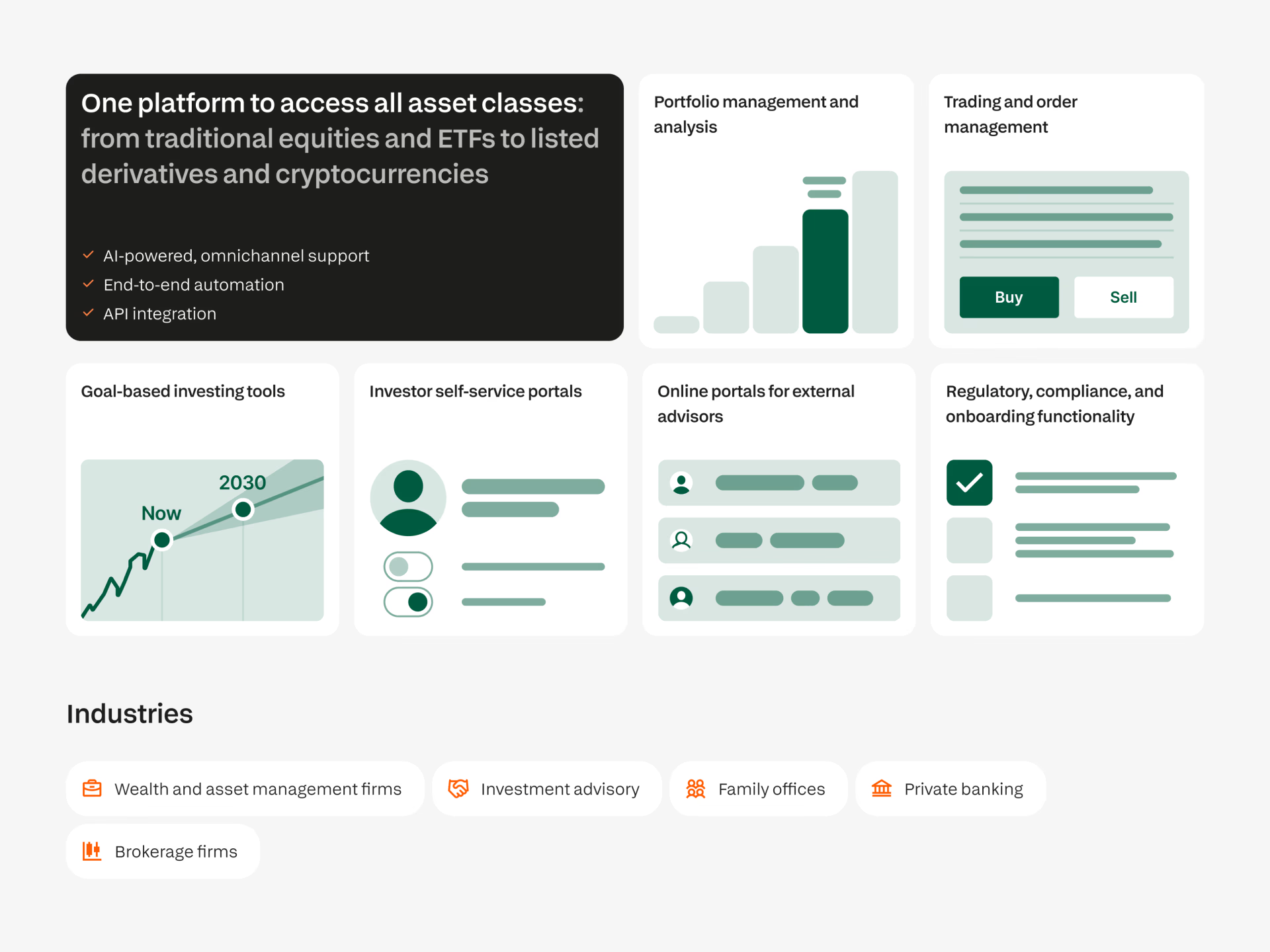


To create a clearer product differentiation, all landing pages were unified under similar structure and the same design system foundation — with room for branding and content unique to each product.
I built components using an atomic design approach, from basic elements like buttons and inputs to complex reusable content blocks. The system emphasized modularity, flexibility, and clarity, so that new pages could be created quickly and consistently.
